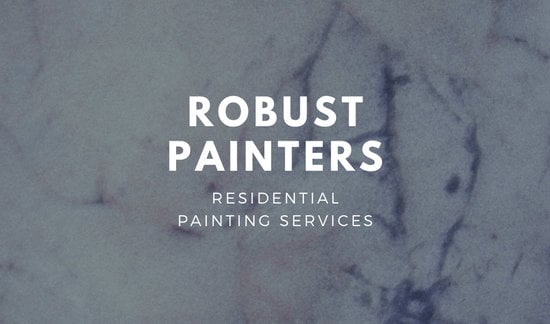Explore The Impact Of Seasonal Components On The Effectiveness Of Business External Painting And Recognize The Ideal Times To Achieve Long-Lasting Results For Your Task
Explore The Impact Of Seasonal Components On The Effectiveness Of Business External Painting And Recognize The Ideal Times To Achieve Long-Lasting Results For Your Task
Blog Article
Material By-Burnham Urquhart
When you're preparing a business external painting job, seasonal elements can make or damage your results. You'll want to consider exactly how temperature and humidity impact paint application and drying times. Choosing the right period can guarantee your paint adheres properly and lasts longer. Yet which seasons are genuinely the best for this sort of job? Let's check out the key elements that can impact your task's success.
The Impact of Temperature on Paint Application
When you're planning a business external paint task, the temperature level can substantially influence exactly how well the paint sticks and dries.
Ideally, you want to paint when temperature levels vary between 50 ° F and 85 ° F. If it's too cool, the paint might not cure effectively, resulting in issues like peeling off or fracturing.
On the other hand, if it's as well warm, the paint can dry as well swiftly, preventing proper adhesion and resulting in an uneven surface.
You need to additionally take into consideration the moment of day; morning or late afternoon offers cooler temperature levels, which can be extra favorable.
Always examine the manufacturer's suggestions for the particular paint you're using, as they typically provide guidance on the ideal temperature level variety for ideal outcomes.
Moisture and Its Effect on Drying Times
Temperature isn't the only environmental variable that affects your business external paint task; moisture plays a considerable function too. High moisture levels can decrease drying out times dramatically, affecting the total quality of your paint work.
When the air is saturated with wetness, the paint takes longer to treat, which can cause issues like poor attachment and a greater threat of mold growth. If you're painting on an especially damp day, be planned for prolonged wait times in between coats.
go source to keep an eye on neighborhood climate condition and strategy appropriately. Ideally, go for humidity degrees between 40% and 70% for ideal drying out.
Maintaining these consider mind guarantees your project remains on track and supplies a lasting finish.
Best Seasons for Commercial Exterior Paint Projects
What's the most effective season for your commercial outside paint projects?
Springtime and very early fall are typically your best choices. Throughout these periods, temperatures are moderate, and humidity degrees are commonly reduced, creating ideal conditions for paint application and drying out.
exterior house painter , which can create paint to completely dry also quickly, resulting in bad bond and coating. Similarly, winter's chilly temperatures can prevent appropriate drying and healing, risking the long life of your paint work.
Aim for days with temperature levels between 50 ° F and 85 ° F for optimum outcomes. continue reading this in mind to examine the neighborhood weather report for rain, as damp problems can wreck your job.
Planning around these elements guarantees your painting task runs smoothly and lasts longer.
Verdict
To conclude, intending your business outside painting jobs around seasonal considerations can make a substantial distinction in the result. By organizing work throughout the suitable temperature levels and humidity levels, you'll make sure far better bond and drying out times. Keep in mind to keep an eye on local weather report and choose the correct time of year-- springtime and early fall are your best options. Taking these steps will assist you achieve a sturdy and specialist surface that lasts.
